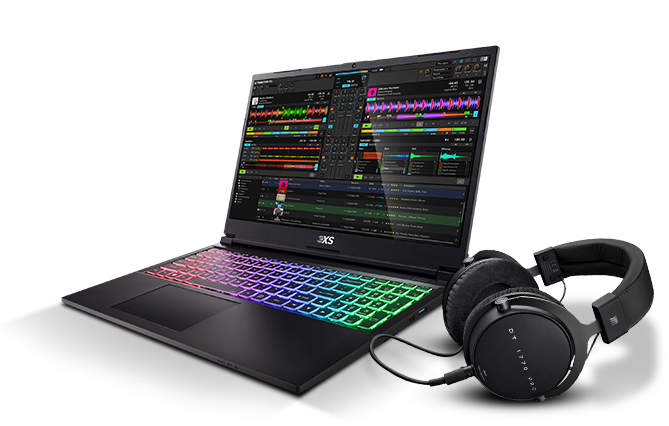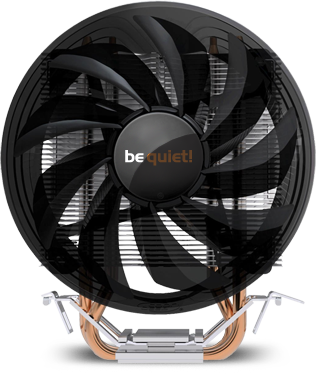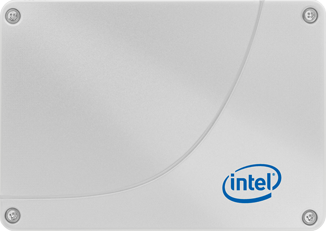Quiet Audio PC optimisation
Noise in the studio can affect you workflow, so all of our systems are designed to keep this to the absolute minimum.

Noise in The Studio
When Scan Pro Audio designs a new system, we only use components which will ensure a low noise floor within the PC in order to help eliminate background interruptions in your working environment. With that in mind there are a few choices during the configuration of your machine that may help reduce this further.
Noise Optimised Case
Our system cases are chosen for their low noise, which may include sound proofing being fitted or being capable of hosting larger than average fans, which allow us to move more air in and out of the system at lower RPMs and that in turn equates to low noise levels thanks to the reduced fan noise. It’s not just the case that has to be considered when aiming for a low noise build however and any component with moving parts needs to be carefully considered in any build.

CPU Cooler
Along with the choice of system fans, the CPU cooler often has the hardest task in cooling a system as it has to move the heat of the CPU tamed while the computer is being used. On a number of our systems we can overclock the CPU which while providing extra performance, can generate more heat and noise if not carefully controlled. As such all of our overclocks on the studio systems are setup to generate the least amount of heat and noise as possible. As such, while we don’t overclock the CPUs in these systems as hard as we might for our gaming PCs or graphics workstations , we aim to squeeze the maximum performance out of our systems with the bare minimum of added noise.

Graphics Card Cooling
In the past the noisiest component in many PCs was the graphics card cooler, which often tended to be fitted with a small high speed fan that could prove to be extremely noisy in general use. With on-board graphics having come a long way over the last few years, and often more than capable of driving up to three screens on many modern systems, the days of requiring a discrete graphics card in an audio workstation in many situations are long behind us. However where more performance is required a number of graphic card ranges now have low noise features built in that can run the fans at ultra-low speeds or even not engage them at all when not under heavy load, so we always aim to include these cards on the configurator as options for users who require higher performance graphics.

Power Supply
The last large source of noise can often come from the PSU, although thankfully many of these now work in the same way as graphics cards and only spin up under heavy load. By choosing a PSU with ample overhead we ensure that the PSU isn’t run hard and ensure that the fan is unobtrusive as possible. More efficient PSUs keep the heat right down and require the least amount of cooling, so if you choose to uprate your PSU to a 80PLUS Gold or even Platinum rated edition, you may find that your active PSU runs passive in most situations and certainly extremely close to silent, even under heavy loads.


Silent Storage
The biggest problem with making the system quiet is that there is always guaranteed to be yet further source of noise to track with the media. A lot of users who have chosen low noise systems, will then tend to find that the mechanical hard drives are spinning and creating noises that would have been hidden on other less quiet setups by the louder components you’ve now silenced. While not normally an issue for many users, the final step for minimising noise is to remove the mechanical hard drives and replace them with SSDs. While that might not be tempting due to the price overhead just for sonic benefits, many composes working with large sound libraries find many workflow benefits by moving to SSDs to host those large sound banks.
Scan Pro Audio also produces systems that are specifically designed to be silent, with slightly lower power performance wise than our larger desktops but with the added advantage that they are completely passive and so silent when the correct component choices are selected. For anyone working in a limited space where the PC needs to be close to your mixing or even recording positions, one of these systems could prove the answer to your need for maintaining a totally silent studio.